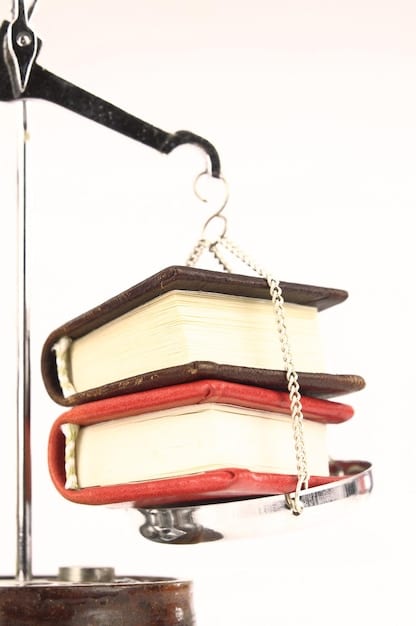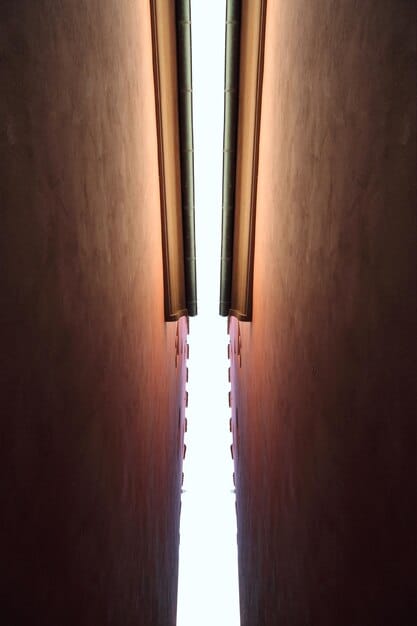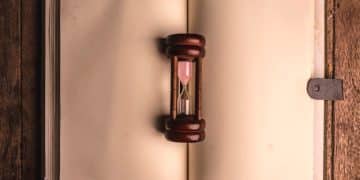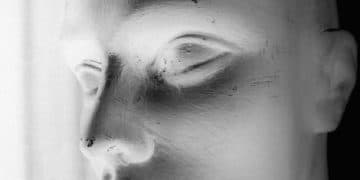Copyright Law 2025: Impact on US Literary Criticism

The shifting landscape of US copyright law in 2025 is poised to significantly impact literary criticism by altering the scope of fair use, influencing derivative works, and reshaping the accessibility and analysis of literary texts.
How will changes to copyright law in 2025 affect the way literature is analyzed and critiqued in the United States? The potential impact on literary criticism is significant, influencing everything from fair use to the creation of derivative works.
The Evolution of Copyright Law in the US
Understanding the potential impact requires a look at how copyright law has evolved in the United States. Copyright law is not static; it adapts to technological advancements, societal shifts, and evolving interpretations by the courts.
This constant evolution ensures contemporary creative and analytical endeavors align with legal precedents.
Historical Overview of US Copyright Law
The journey of copyright law in the US is marked by significant milestones. From the initial Copyright Act of 1790 to subsequent revisions, each legislative action has reshaped the landscape of intellectual property rights.
- 1790 Copyright Act: Initially protected maps, books, and charts for a limited period.
- 1909 Copyright Act: Introduced renewal terms and expanded coverage to include musical works.
- 1976 Copyright Act: Introduced the concept of “fair use” and extended copyright terms.
- 1998 Digital Millennium Copyright Act (DMCA): Addressed challenges posed by digital technologies and the internet.
These historical benchmarks illustrate the dynamic nature of copyright law and its responsiveness to the changing needs of creators and society.

Key Aspects of Current US Copyright Law
To fully grasp the impending changes in 2025, it’s essential to have a firm understanding of the current copyright law. This framework governs the rights of authors and creators, providing legal protection for their original works.
It balances these rights with the public interest, ensuring accessibility and promoting creativity.
Copyright Protection and Fair Use
Copyright law grants exclusive rights to creators, including the right to reproduce, distribute, and create derivative works. However, the doctrine of fair use allows certain uses of copyrighted material without permission from the copyright holder.
Fair use is determined by a four-factor test, which considers the purpose and character of the use, the nature of the copyrighted work, the amount and substantiality of the portion used, and the effect of the use upon the potential market for or value of the copyrighted work.
Implications for Literary Criticism
Current copyright law impacts literary criticism in various ways. Critics often rely on fair use to quote excerpts from literary works for analysis and commentary. The extent to which critics can use copyrighted material depends on the application of the four-factor test.
Additionally, copyright law affects the creation of derivative works, such as adaptations, translations, and critical editions. These works require permission from the copyright holder unless they fall under fair use or other exceptions.
In conclusion, copyright law provides the legal framework that shapes the creation, dissemination, and analysis of literary works in the United States.
Anticipated Changes in US Copyright Law in 2025
Several factors suggest that US copyright law is poised for significant changes in 2025. These factors include technological advancements, ongoing legal challenges, and advocacy efforts by various stakeholders.
These changes potentially have far-reaching implications for literary criticism.
Technological Advancements and Digital Media
The rise of digital media and artificial intelligence continues to challenge traditional notions of copyright. The ease with which digital content can be copied, shared, and modified has led to increased concerns about copyright infringement.
Additionally, AI-generated content raises complex questions about authorship and originality, potentially requiring updates to copyright regulations. The intersection of technology and copyright law is driving calls for legislative reform.

Potential Impacts on Literary Criticism
The shifting landscape of US copyright law in 2025 is likely to have significant impacts on literary criticism. Here are some of the key areas that may be affected:
- Fair Use Scope: Changes in copyright, like altered fair use, could restrict the amount of copyrighted material critics can quote, potentially hindering in-depth analyses.
- Derivative Works: New laws might clarify or complicate the legality of adaptations and translations, impacting critical editions and comparative studies.
- Accessibility of Texts: Updated regulations could affect digital archives and online libraries, limiting access to texts for research and analysis.
- Creative Criticism: Stricter copyright could stifle innovative, transformative criticism, such as fan fiction and remixes, while relaxed laws might promote free expression.
These changes will require literary critics to adapt their methodologies and navigate new legal boundaries.
Navigating the Future: Strategies for Literary Critics
In light of the anticipated changes in US copyright law, literary critics need to adopt proactive strategies to navigate the evolving legal landscape. By staying informed, advocating for fair use, and exploring innovative approaches, critics can continue to contribute to scholarly discourse.
These proactive steps will protect the integrity of the field.
Staying Informed and Advocating for Fair Use
It’s crucial for literary critics to stay updated on the latest developments in copyright law and participate in advocacy efforts to protect fair use. This can involve joining professional organizations, attending conferences, and engaging in public discussions.
Exploring Innovative Approaches
Critics can explore innovative approaches to literary analysis that minimize reliance on copyrighted material. This includes focusing on broad themes, historical contexts, and theoretical frameworks rather than detailed textual analysis.
Critics can collaborate with digital rights organizations to develop model licenses and fair use guidelines that support scholarly research and creative expression.
By adopting these strategies, literary critics can continue to thrive in a changing legal environment.
Case Studies: Copyright Law and Literary Criticism
Examining real-world case studies can provide valuable insights into how copyright law impacts literary criticism. These examples illustrate the challenges and opportunities that critics face when dealing with copyright issues.
The Use of Copyrighted Material in Academic Journals
Many academic journals have strict policies regarding the use of copyrighted material in scholarly articles. These policies often limit the amount of text that can be quoted without permission, requiring authors to seek copyright clearance or rely on fair use.
Challenges in Creating Critical Editions
Creating critical editions of literary works can be a complex legal process. Editors must navigate copyright restrictions to reproduce original texts, annotations, and supplementary materials. Permission from copyright holders may be required, especially for contemporary works.
By studying these case studies, literary critics can gain a deeper understanding of the practical implications of copyright law and develop strategies for navigating these challenges effectively. Ultimately, understanding the law is an essential part of excelling within literary academia.
| Key Point | Brief Description |
|---|---|
| ⚖️ Copyright Law Evolution | US copyright law has evolved through significant milestones, shaping intellectual property rights. |
| ✍️ Current Law Aspects | Fair use doctrine balances creator rights with public interest, influencing literary criticism. |
| 🚀 Anticipated Changes in 2025 | Technological advances and legal challenges are likely to influence US copyright laws, affecting literary criticism. |
| 👨🏫 Strategies for Critics | Critics should stay informed, advocate for fair use, and explore innovative analytical approaches. |
FAQ
▼
The current scope of fair use is determined by a four-factor test that considers the purpose and character of the use, nature of the copyrighted work, amount used, and the effect on the market value. This test allows for certain uses of copyrighted material for criticism, commentary, and education.
▼
New AI technologies present challenges to copyright law due to AI-generated content. Questions about authorship, originality, and infringement arise, potentially requiring legislative updates to address these novel issues and define the rights and responsibilities of parties involved.
▼
Literary critics can stay updated on copyright changes, advocate for fair use through professional organizations, and explore analytical approaches that minimize reliance on copyrighted material, focusing on broad themes and historical contexts to ensure compliance.
▼
Academic journals often have strict policies limiting the use of copyrighted material, requiring authors to seek copyright clearance or depend on fair use. Journals may also provide guidance on how to properly cite and attribute sources to avoid infringement.
▼
Digital archives will continue to play a crucial role in literary criticism by providing access to texts for research and analysis, though access may be impacted by copyright regulations, necessitating the development of fair use guidelines for digital materials.
Conclusion
The evolving landscape of US copyright law in 2025 presents both challenges and opportunities for literary criticism. By understanding these changes, advocating for fair use, and adopting innovative approaches, critics can continue to contribute to scholarly discourse and promote a vibrant literary culture. Therefore, embracing these changes is key to ensuring ongoing development and analysis.





